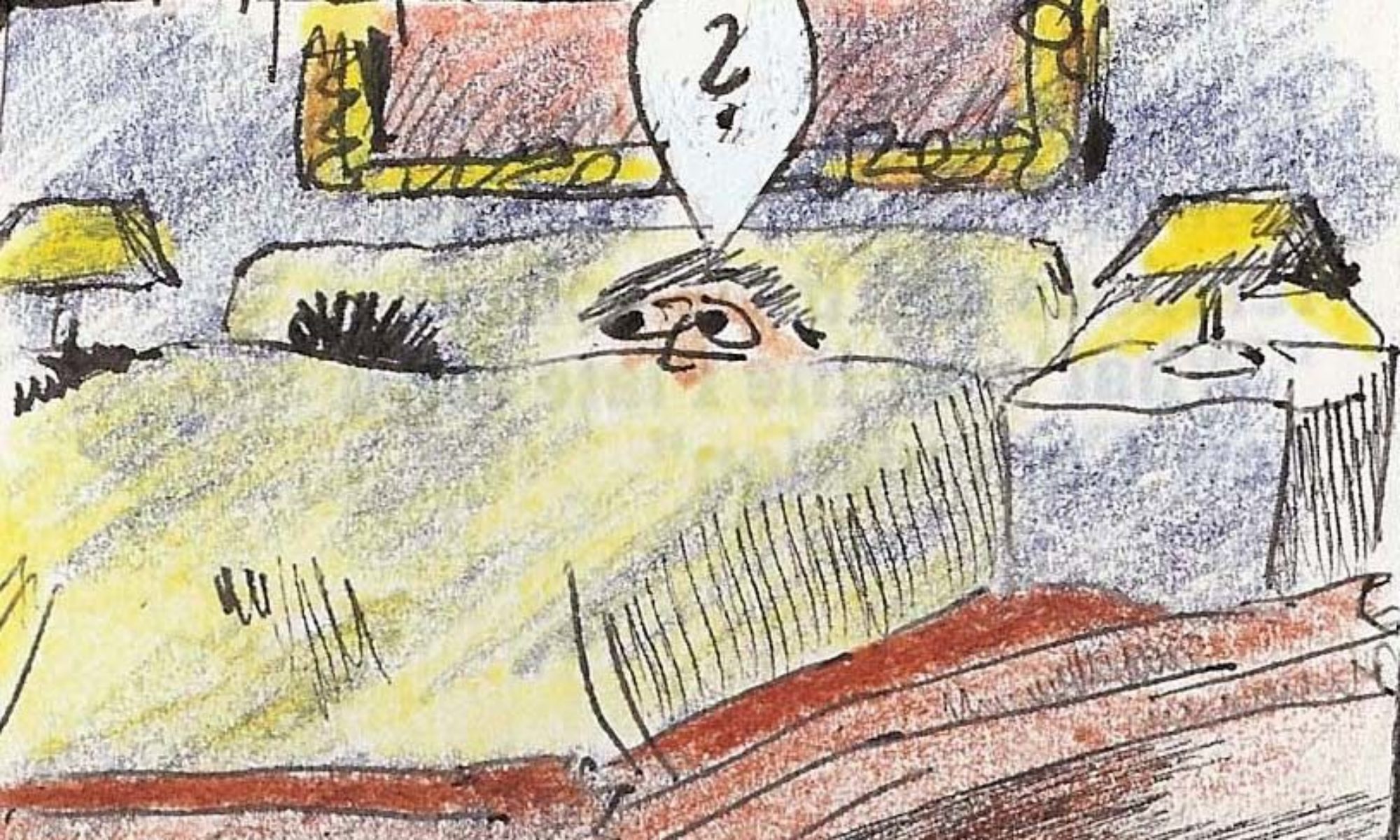What is special about Rudolf’s drawings, which he calls EIPOPs? Firstly, they are autobiographic. This means that all scenes shown in the EIPOP drawings really happened. Secondly, each EIPOP drawing is accompanied by a corresponding Limerick. The Limericks explain and highlight the context and the special scenes, which the EIPOP drawings are showing. Thirdly, the EIPOP drawings do not only show a specific scene but also mock about the protagonists in the drawing. Rudolf has never tried to portray people in his EIPOP drawings. He wanted to be free to show what he observed in real life. His artistic freedom would have been inhibited by showing individual faces of real people who would have reacted either with vanity or protest. The only faces, which one can find in almost all EIPOP drawings, even when hidden, are Rudolf and his late wife’s faces, either as participants in the scene shown or as mocking observers in the background. The messages, which one can take from Rudolf’s EIPOP drawings are manifold: Colorful and adventurous life in a dynamic urban environment; human weaknesses and strength seen with an mocking or ironic view; extreme situations, which one can only witness in big cities, the enjoyment of food and drinks; the lust associated with erotic activities, and just simply joy of life. Some of Rudolf’s EIPOP drawings’ style is inspired and close to another area in which he excels: Black & white Fantastic drawings in which Rudolf is not dealing with the joys of life but its dark side (www.rudolfbeger.com).

EIPOP DRAWINGS BY RUDOLF BEGER
DRAWINGS AND LIMERICKS REFLECTING OBSERVATIONS MADE ABOUT LIFE IN BIG CITIES